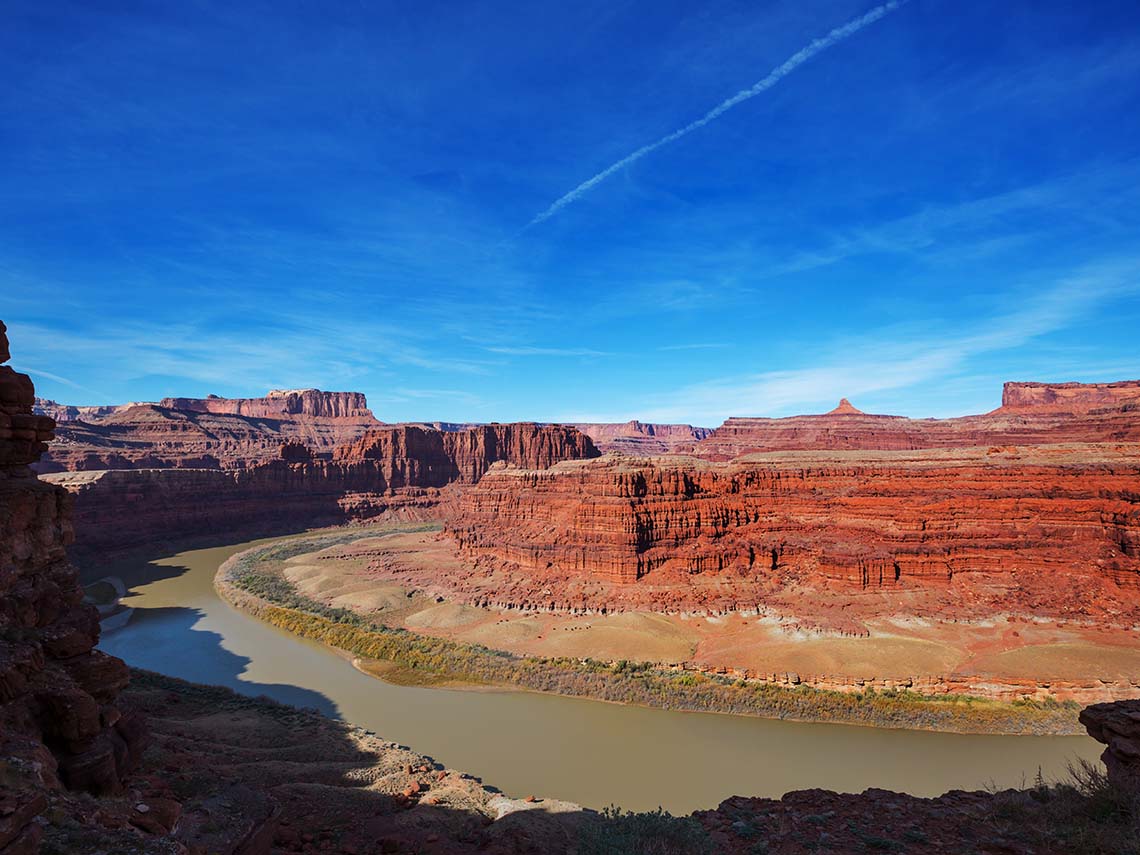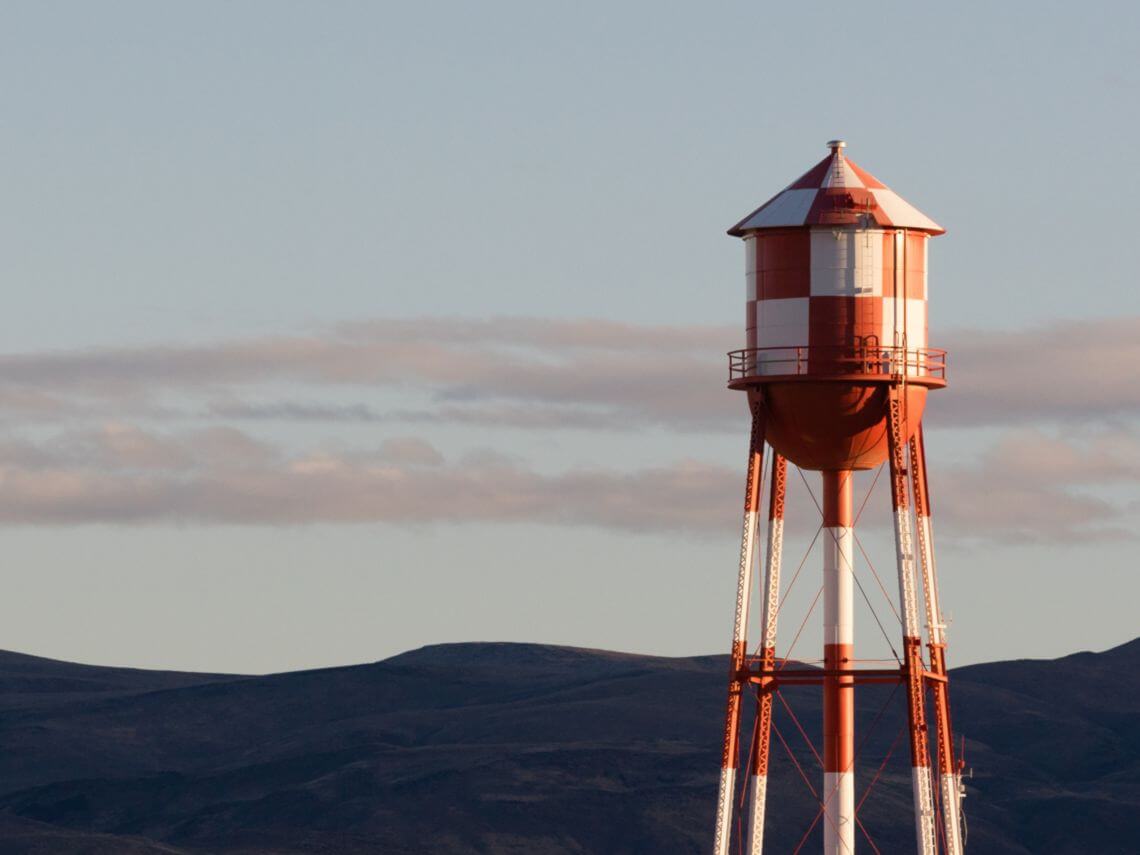In the midst of a 22-year drought, the Department of the Interior declared the first-ever Colorado River Basin water shortage in August 2021. As of early 2022, 100 percent of Arizona is considered to be abnormally dry and 25.8 percent is considered to be in severe drought conditions. The Colorado River irrigates farms, powers electric grids, and provides drinking water to 40 million people and this drought, combined high demand, is expected to force the first-ever mandatory water cuts. Arizona water professionals and research committees are looking for new ways to ensure the long-term availability of water for the state’s residents. Could desalination be a solution?
Dorn Policy Group, Inc. is one of Arizona’s top public affairs firms. We are advocacy professionals who strive to obtain the results our clients want. When it comes to large issues like the Colorado River water shortage, it is important to be informed and to have your voice heard. Read our blog post below to learn about desalination and how it is being considered a potential water shortage solution.
What is Desalination?
Desalination is the process of removing salts and minerals from a substance. This process can be used to remove salt from ocean water, marking it an adequate replacement for freshwater supplies. Desalination requires a lot of energy to break the chemical bonds in saltwater so the necessary technology can be costly. However, desalination is being considered one of many potential solutions for depleting water resources in Arizona.
Desalination Proposals In Arizona
Many options have been considered to stabilize the water supply to states such as Arizona, California, and Nevada, who are experiencing depleted water resources from Lake Mead. One recent proposal from Pima County includes building a $4.1 billion dollar desalination plant. This project would include a plant to remove salt from seawater in the Sea of Cortez in Sonora, as well as 196 miles of underground pipeline to transport the water to the Tucson area.
In his final State of the State address, Governor Doug Ducey proposed spending $1 billion from the state’s general fund over three years toward sustaining Arizona’s future water supply. The idea is that the additional funding would allow for desalination to be a viable option. Desalination was the only new water initiative Ducey specifically mentioned in his speech; however, his statement notes that any water budget would be used for a variety of new technology that makes reuse and efficiency upgrades possible.
Comparing Desalination To Current Alternatives
Compared to other projects Arizona has implemented to lessen the effects of water shortage, desalination presents some challenges in how much water it can produce and what it would cost. The Central Arizona Project is currently Arizona’s largest resource for renewable water supplies. This project is a 336-mile long system of tunnels, pumping plants, and pipelines that deliver Colorado River water to Maricopa, Pinal, and Pima counties, 80% of the state’s population. One current desalination plant north of San Diego can produce up to 56,000 acre-feet of water a year and costs $2,200 per acre-foot. The Central Arizona Project delivers approximately 1.5 million acre-feet a year to Central Arizona and costs $211 per acre-foot. This comparison reveals some of the potential difficulties of implementing desalination in Arizona.
Dorn Policy Group is a Proud Arizona Government Relations Firm
As one of the leading Arizona government relations firms, we know how important it is to be noticed by key elected officials and community leaders, especially with everchanging issues and uncertainty that affect the future of your business. Dorn Policy Group, Inc. ensures your voice is heard. Contact us today and learn how we can help your business find success through strong government relations.


